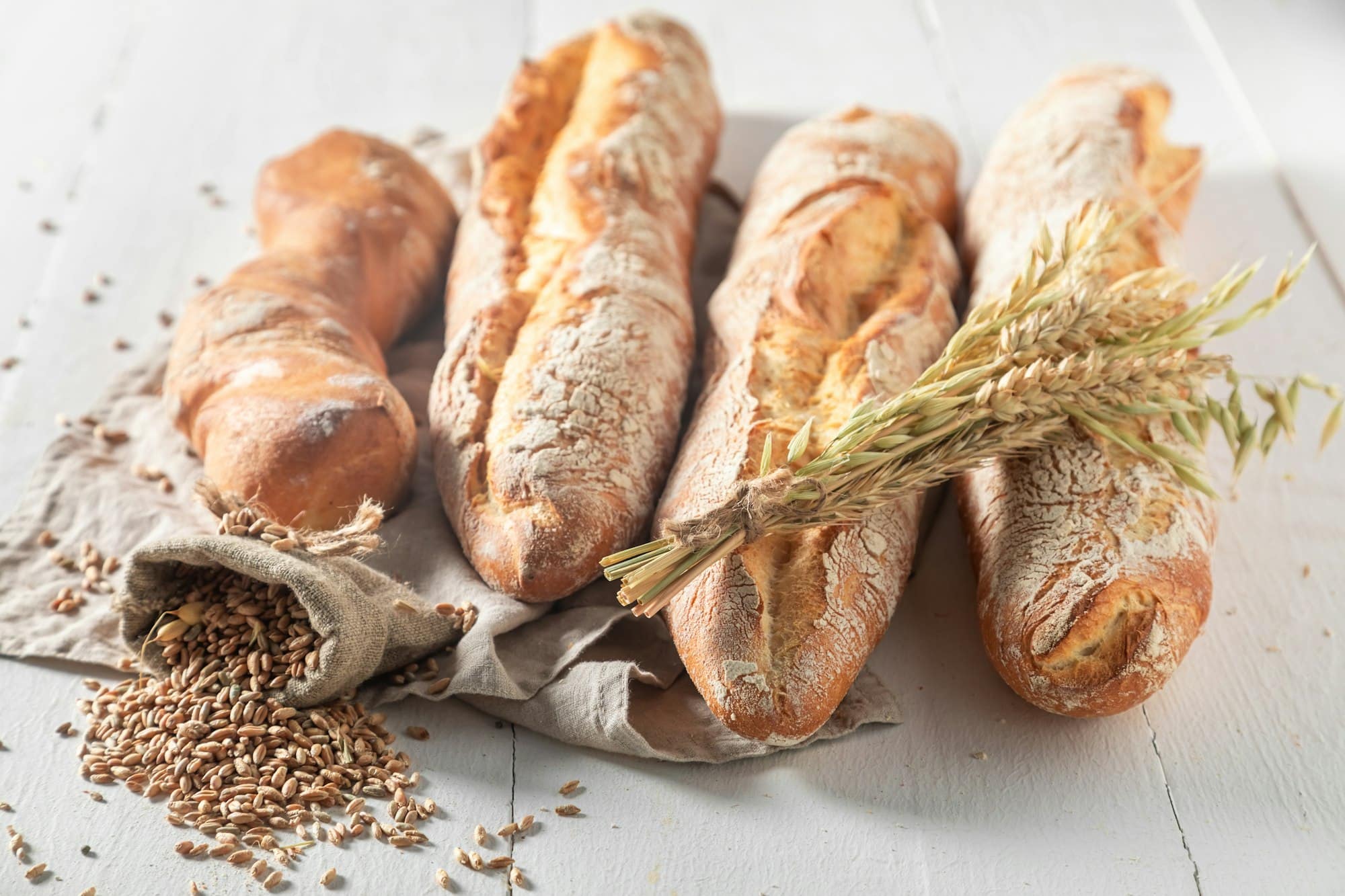Welcome, bread lovers, to an in-depth journey into the art of crafting a gourmet sourdough baguette. You are about to embark on a gastronomic voyage, a delightful dance between flour, water, and time, resulting in a loaf of bread fit for a Parisian bakery.
This guide will demystify the process, providing you with a clear, concise recipe to create your own masterpiece. We will break down the science behind the perfect baguette, digging into the importance of hydration, oven temperature, starter, and baking time.
A voir aussi : How to Achieve the Perfect Seared Duck Breast with a Cherry Reduction?
Starting with the Sourdough Starter
The heart of any sourdough baguette is the sourdough starter. This living, breathing entity is a mix of flour, water, and naturally occurring yeasts and bacteria. It’s the secret ingredient that imparts a unique tangy flavor, a rich aroma, and the light and airy crumb structure that sourdough aficionados crave.
To establish a starter, combine equal parts flour and water. Keep this mixture in a warm but not hot area, and feed it daily with more flour and water. After several days, your starter will begin to bubble and develop a pleasant sour smell. This indicates that it is ready to leaven bread.
A lire en complément : How to Create a Stunning Chocolate Mirror Glaze for Cakes?
The Right Flour and Hydration Levels
The choice of flour and the hydration level you opt for will dictate the texture and taste of your baguette. When it comes to baguettes, the classic choice is unbleached all-purpose or bread flour. Both of these flours have a moderate protein content, which helps to create a well-structured crumb without making the bread too chewy.
Hydration, the ratio of water to flour in your dough, plays a crucial role in the baguette’s final outcome. A higher hydration will yield a more open crumb and a thinner, crispier crust, while a lower hydration will result in a denser crumb and a thicker, chewier crust.
Mastering the Art of Kneading and Shaping
Once your dough has been mixed, the next step in the process is kneading. This is an integral part of the bread baking process, developing the gluten networks that give your loaf its structure. Kneading should be done until the dough is smooth and elastic, usually around 10 to 15 minutes.
Shaping your baguette is a skill that takes practice but is essential for achieving the characteristic long, thin shape. The dough is first rolled into a rectangle, and then folded and rolled again until a log shape is achieved. The dough is then left to proof until it has nearly doubled in size.
Baking Your Baguette to Perfection
After an adequate proofing time, your baguette is ready to be baked. The oven is preheated to a high temperature, usually between 450 and 475 degrees Fahrenheit. This high heat is crucial for achieving a dark, blistered, and crispy crust.
Before baking, the loaf is scored with a sharp blade. These cuts not only give the finished baguette its classic appearance, but they also allow steam to escape during baking, preventing the loaf from splitting or bursting.
Knowing When Your Sourdough Baguette is Ready
Patience is a virtue when baking sourdough, and it’s particularly important during the baking process. Resist the temptation to open the oven door, as this can interfere with the oven temperature and prevent your loaf from baking evenly.
Bake times will vary depending on your specific oven and the size of your loaf, but a typical baguette will take between 20 and 30 minutes to bake. The finished loaf will have a deep golden brown, crispy crust and will sound hollow when tapped on the bottom.
Creating a gourmet sourdough baguette may seem intimidating, but with the right tools, a little patience, and a lot of love, you can create a loaf that rivals those found in the best bakeries. So roll up your sleeves, preheat your oven, and get ready to fall in love with the art of bread baking.
Stretch and Fold Technique
After kneading your dough, the next task is to implement a method known as stretch and fold technique during the bulk fermentation stage. Bulk fermentation is the first major rise undertaken by the dough, during which it develops both flavor and strength. This step is crucial for high hydration doughs like sourdough, where the dough may initially be too wet and sticky to shape.
The stretch and fold technique serves to strengthen the gluten network in your dough, allowing it to hold gases better and giving your baguette a high rise and a light, airy crumb. To do this, wet your hand to prevent the dough from sticking, then gently grab one side of the dough, stretch it upwards and fold it over to the center of the dough. Rotate the dough and repeat this step for all sides.
This process is to be repeated at intervals throughout the bulk fermentation stage, usually every half hour or so for the first two or three hours. After the final stretch and fold, the dough should be left to ferment at room temperature until it increases in volume by about 50-75%.
Baking in a Dutch Oven
Once your dough has finished fermenting, it’s time to shape, score, and bake. A key tool for achieving a professional-quality sourdough baguette at home is a dutch oven. Owing to its heavy lid and thick walls, a dutch oven can effectively trap steam during the initial stages of baking, creating the perfect environment for your baguette to rise and develop a crispy crust.
Firstly, preheat your dutch oven in your preheated oven. As you wait, shape your dough into a baguette form by rolling and folding, then place it onto a piece of parchment paper. The parchment paper not only prevents the dough from sticking to the dutch oven but also makes transferring the dough easier.
Before placing the dough in the oven, score the top with a sharp blade. Then, using the parchment paper, carefully lower your dough into the heated dutch oven. Cover with the lid and bake for about 20 minutes, then remove the lid and continue to bake until the crust is a deep golden brown.
After baking, allow the loaf to cool on a wire rack before slicing. Cutting into hot bread can result in a gummy texture, so patience pays off here.
Conclusion
Making sourdough baguettes might seem like a daunting task, but with careful attention to each step — from nurturing your sourdough starter, choosing the right bread flour, mastering the stretch and fold technique, correctly using a dutch oven, and exhibiting patience during the bulk fermentation and baking process — you are well on your way to creating a baguette with a crunchy crust and airy crumb.
Remember, every bread recipe is merely a guideline. Baking is both a science and an art. It takes practice, patience, and a keen intuition to understand how factors like room temperature or the specific qualities of your flour and starter can affect the final product. But perhaps that’s where the beauty lies — in the infinite possibilities that come with making sourdough bread.
So, go ahead, put on that apron, dust off your hands with flour, and discover the joy of baking your gourmet sourdough baguette. Bon appétit!






